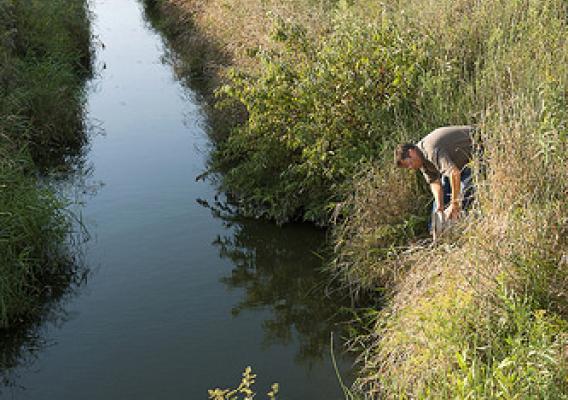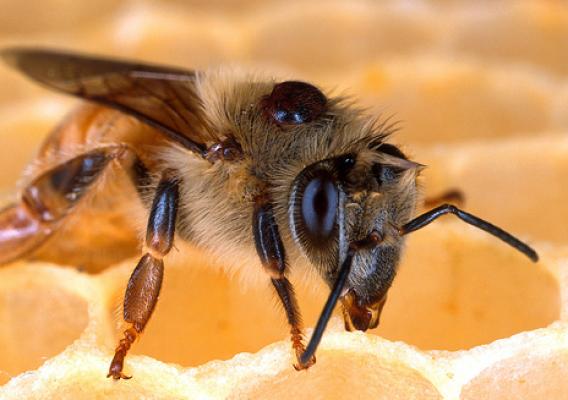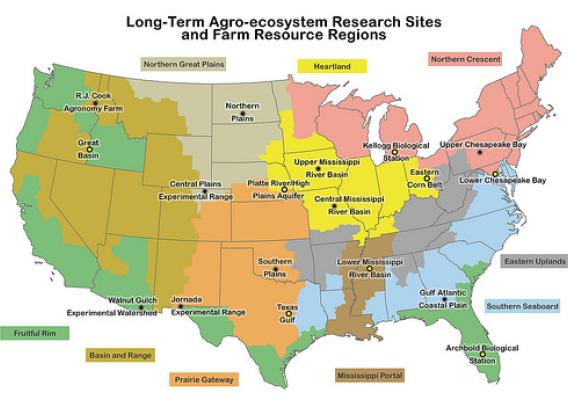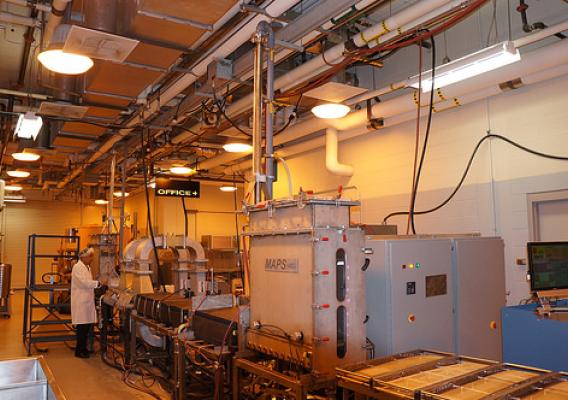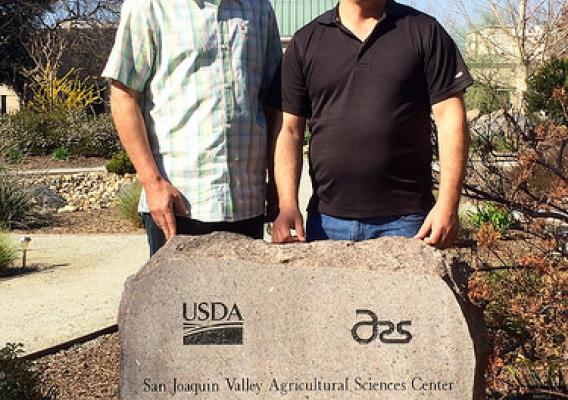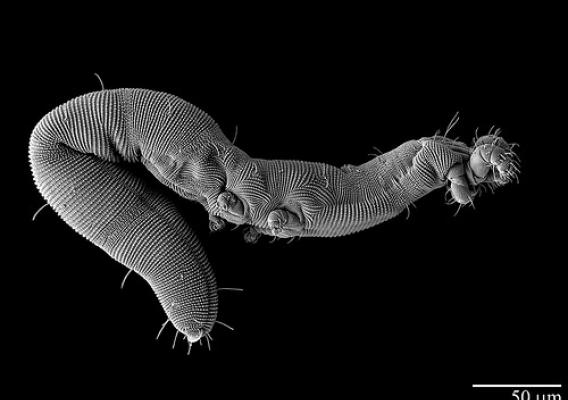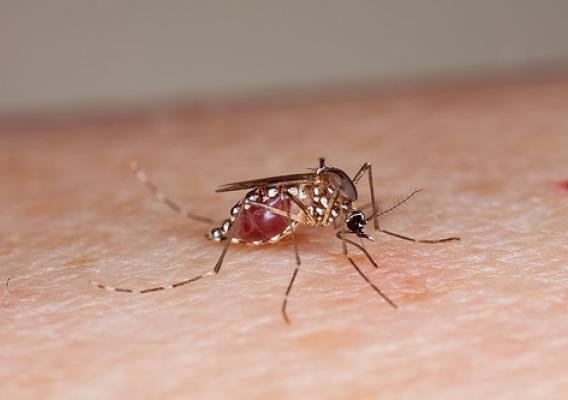This post is part of the Science Tuesday feature series on the USDA blog. Check back each week as we showcase stories and news from the USDA’s rich science and research portfolio.
During the month of April we will take a closer look at USDA’s Groundbreaking Research for a Revitalized Rural America, highlighting ways USDA researchers are improving the lives of Americans in ways you might never imagine, such as keeping our educational pipeline filled with the best and brightest future agricultural scientists.
So far, Irvin Arroyo has not strayed too far from the farming world. Growing up, he lived and worked with his parents at a 200-acre vineyard in Madera, California, where he tended the vines and harvested the grapes.
When Arroyo went to college at California State University, Fresno (CSU Fresno), he was given a scholarship to work at USDA’s San Joaquin Valley Agricultural Sciences Center in Fresno as an intern. The laboratory, now in Parlier, is part of USDA’s Agricultural Research Service (ARS). The scholarship had been established by CSU Fresno and ARS soil scientist Gary Bañuelos to foster minority student interest in science careers.

